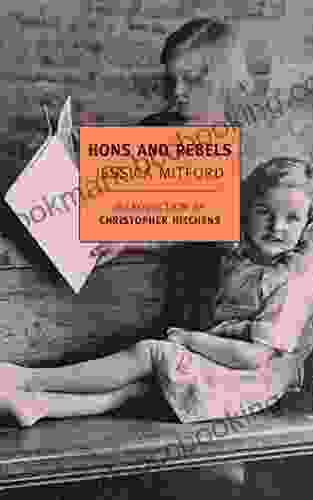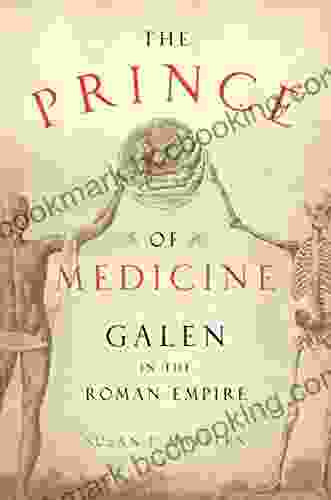The Centuries-Long Argument Over What Makes Living Things Tick

4.6 out of 5
| Language | : | English |
| File size | : | 11000 KB |
| Text-to-Speech | : | Enabled |
| Screen Reader | : | Supported |
| Enhanced typesetting | : | Enabled |
| Word Wise | : | Enabled |
| Print length | : | 544 pages |
| Lending | : | Enabled |
What is life? It's a question that has puzzled scientists for centuries. From Aristotle to Darwin, scientists have been trying to understand what makes living things tick. This book tells the story of that quest, exploring the major theories and experiments that have shaped our understanding of life.
The book begins with Aristotle's idea that living things are made up of four elements: earth, air, fire, and water. Aristotle believed that these elements combined in different proportions to create different types of living things. For example, he believed that humans were made up of more fire than earth, which gave them their intelligence and mobility.
Aristotle's theory held sway for centuries, but it was eventually challenged by the rise of modern science. In the 16th century, the English physician William Harvey discovered that blood circulates through the body. This discovery helped to undermine Aristotle's theory of the four elements, which held that blood was simply a fluid that flowed through the body.
In the 18th century, the French scientist Georges Buffon proposed that all living things are descended from a single common ancestor. Buffon's theory was based on his observation that different species have similar anatomical structures. For example, he noted that the bones of humans, birds, and reptiles are all arranged in a similar way.
Buffon's theory was a radical departure from the traditional view that each species was created separately by God. However, it gained support from other scientists, including the German naturalist Johann Wolfgang von Goethe. Goethe believed that all living things are part of a single, interconnected web of life.
In the 19th century, Charles Darwin published his theory of evolution by natural selection. Darwin's theory proposed that all living things evolve over time through a process of natural selection. Natural selection occurs when organisms with traits that make them better adapted to their environment are more likely to survive and reproduce.
Darwin's theory of evolution revolutionized our understanding of life. It explained how different species could arise from a single common ancestor. It also provided a mechanism for understanding the diversity of life on Earth.
Today, the theory of evolution is one of the cornerstones of modern science. It is supported by a vast body of evidence from a wide range of disciplines, including genetics, paleontology, and zoology. However, the theory of evolution is still controversial in some circles. Some people reject the theory because it conflicts with their religious beliefs. Others reject the theory because they believe that it is too materialistic and does not take into account the spiritual dimension of life.
Despite the controversy, the theory of evolution remains the best explanation that we have for the diversity of life on Earth. It is a powerful and elegant theory that has helped us to understand the history of life and our place in the universe.
This book tells the story of the centuries-long argument over what makes living things tick. It is a fascinating and informative book that will appeal to anyone who is interested in the history of science and the nature of life.
4.6 out of 5
| Language | : | English |
| File size | : | 11000 KB |
| Text-to-Speech | : | Enabled |
| Screen Reader | : | Supported |
| Enhanced typesetting | : | Enabled |
| Word Wise | : | Enabled |
| Print length | : | 544 pages |
| Lending | : | Enabled |
Do you want to contribute by writing guest posts on this blog?
Please contact us and send us a resume of previous articles that you have written.
 Book
Book Novel
Novel Page
Page Chapter
Chapter Text
Text Story
Story Genre
Genre Reader
Reader Library
Library Paperback
Paperback E-book
E-book Magazine
Magazine Newspaper
Newspaper Paragraph
Paragraph Sentence
Sentence Bookmark
Bookmark Shelf
Shelf Glossary
Glossary Bibliography
Bibliography Foreword
Foreword Preface
Preface Synopsis
Synopsis Annotation
Annotation Footnote
Footnote Manuscript
Manuscript Scroll
Scroll Codex
Codex Tome
Tome Bestseller
Bestseller Classics
Classics Library card
Library card Narrative
Narrative Biography
Biography Autobiography
Autobiography Memoir
Memoir Reference
Reference Encyclopedia
Encyclopedia Tyler Gordon
Tyler Gordon Jeremy Tolmie
Jeremy Tolmie Jerry L Ross
Jerry L Ross Jh Thompson
Jh Thompson Jenny Oldfield
Jenny Oldfield Jeffrey A Greene
Jeffrey A Greene Lisa Unger
Lisa Unger Willie Morris
Willie Morris Richard Appleton
Richard Appleton Lee Kelley
Lee Kelley Tim Mcconnehey
Tim Mcconnehey Paco Underhill
Paco Underhill William F Sensakovic
William F Sensakovic Jerry Roberts
Jerry Roberts Jeffrey M Pilcher
Jeffrey M Pilcher Steve Pitt
Steve Pitt Laura Bright
Laura Bright Jessica Rhodes
Jessica Rhodes Miranda Carter
Miranda Carter Joseph Egan
Joseph Egan
Light bulbAdvertise smarter! Our strategic ad space ensures maximum exposure. Reserve your spot today!
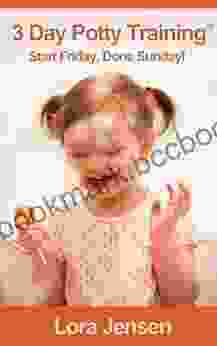
 J.R.R. TolkienUnlock the Secrets to Day Potty Training with Jessica Redland's Indispensable...
J.R.R. TolkienUnlock the Secrets to Day Potty Training with Jessica Redland's Indispensable... Frank ButlerFollow ·8.6k
Frank ButlerFollow ·8.6k Cade SimmonsFollow ·6k
Cade SimmonsFollow ·6k Fred FosterFollow ·12.9k
Fred FosterFollow ·12.9k Robert Louis StevensonFollow ·12.3k
Robert Louis StevensonFollow ·12.3k Felipe BlairFollow ·14k
Felipe BlairFollow ·14k Douglas PowellFollow ·11.9k
Douglas PowellFollow ·11.9k Galen PowellFollow ·7.5k
Galen PowellFollow ·7.5k Raymond ParkerFollow ·13.3k
Raymond ParkerFollow ·13.3k

 Patrick Rothfuss
Patrick RothfussGuide for Parents: Unlocking Your Child's Problem-Solving...
As a parent, you...
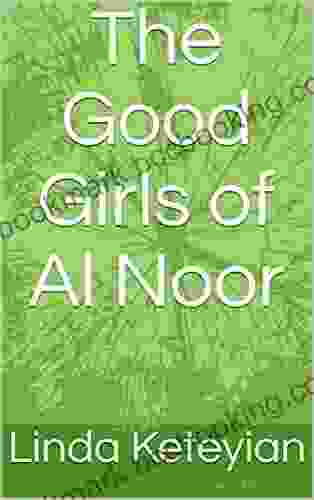
 Ignacio Hayes
Ignacio HayesThe Good Girls of Al Noor: A Gripping Tale of Hope and...
On March 15, 2019, a...
 Lee Simmons
Lee Simmons50 Games and Activities for All the Turkeys at Your...
Thanksgiving is a time for family, friends,...
 Sean Turner
Sean TurnerRewiring the World: From Edison to Google - The...
A Captivating...
4.6 out of 5
| Language | : | English |
| File size | : | 11000 KB |
| Text-to-Speech | : | Enabled |
| Screen Reader | : | Supported |
| Enhanced typesetting | : | Enabled |
| Word Wise | : | Enabled |
| Print length | : | 544 pages |
| Lending | : | Enabled |





